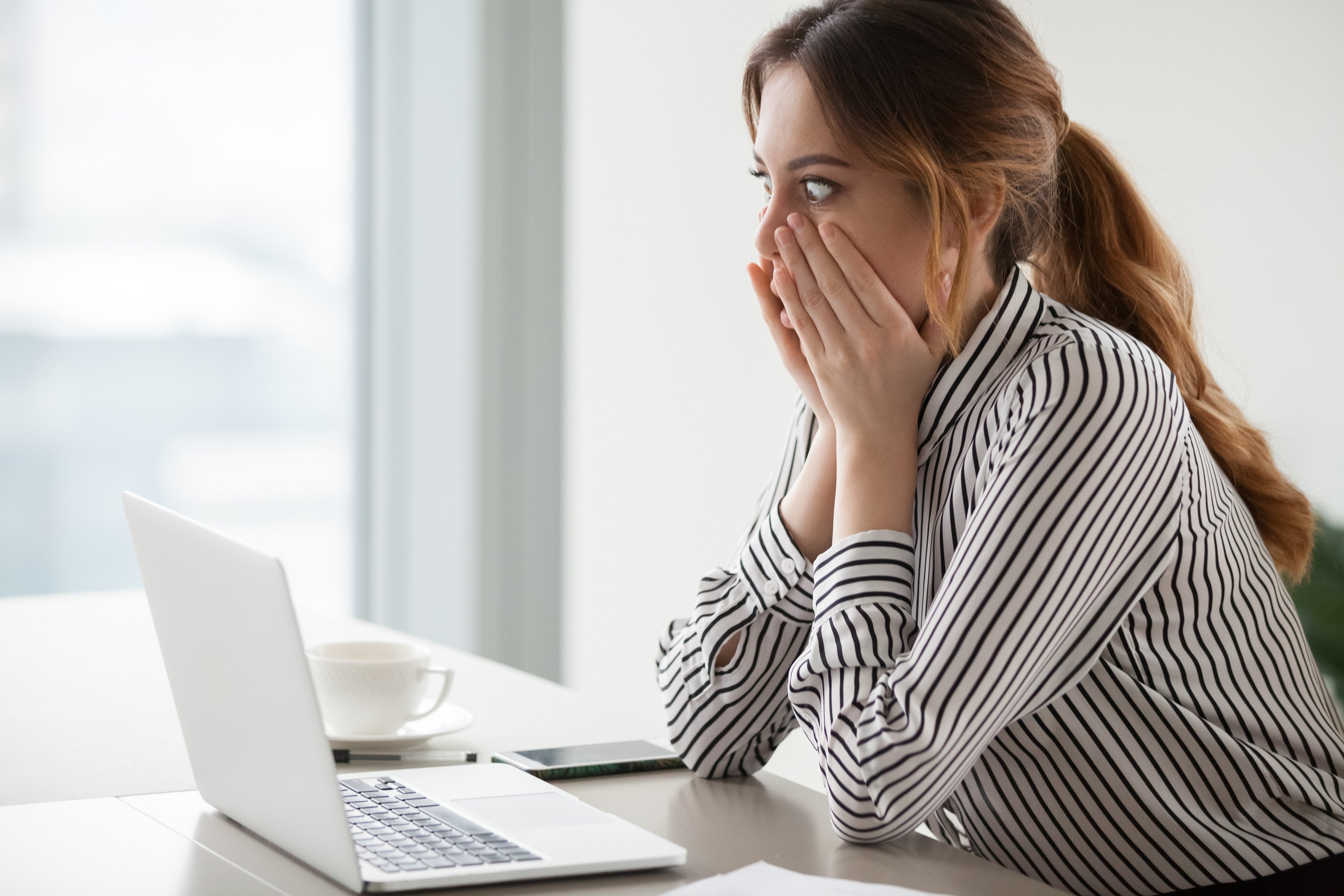While Bed Bath & Beyond (BBBY +0.00%) reported weak fourth-quarter results last week, there was a silver lining in the morass of deteriorating numbers. CEO Mark Tritton reported that in the current fiscal first quarter, digital demand has increased, and digital sales in the beginning of April grew 90%.
This is great news for the company, who's inability to move toward digital has kept it from gaining market share over the past few years. The question at the end of the pandemic will be: Can Bed Bath & Beyond keep it up?
What's been taking so long?
When activist investors ousted the housewares company's executive team at the end of 2019, one of the main grievances was its failure to catch the digital wave, instead remaining mired in outdated megastores that were overstuffed and difficult to navigate. While new CEO Mark Tritton has made it a goal to transition to an improved omnichannel strategy, that move has been slow, and sales have continued to decrease.

Image source: Getty images.
There have been all sorts of excuses, including the need to get rid of current inventory; the focus on shoring up cash reserves before making too big of a move; and having key items out of inventory at the wrong times.
Pushed by a pandemic
With stores closed nationally as a result of the coronavirus, the company has had to pump up its e-commerce business at an unexpectedly quick pace and prove that it's agile enough to make such abrupt changes.
While the previous management at Bed Bath & Beyond was sluggish in adopting new technology, Tritton and his team have upped their game when thrown this new twist in operations. During the fourth-quarter conference call, he outlined some of the measures the company has taken to tackle the crisis and serve consumers' needs within a new framework:
- Converting approximately 25% of all Bed Bath & Beyond and Buy Buy Baby stores into regional fulfilment centers to leverage in-store inventories and get products to customers faster. These are in addition to the company's four regular fulfillment centers. This doubled shipping capabilities and allowed close to 40% of orders to be shipped from within 50 miles of the customer's home.
- The supply chain is routing merchandise to the fulfillment center network to support digital endeavors.
- Assigning the tech team to shifts for 24-hour coverage to maintain proper merchandise allocation between fulfillment centers.
- Reducing store inventory levels.
- Monitoring best-sellers to better pay attention to customer needs and working through the supply chain to meet them.
- Curbside pickup was launched April 1 at Buy Buy Baby, resulting in 11,000 pickup orders the first week. The service will now launch at Harmon Face Values.
One of the immediate benefits is that Bed Bath & Beyond is already seeing faster fulfillment at a lower cost.
Meeting strong demand
The marketing team is working together with the tech team to refresh the look and feel of the site and bring it up to date, and loyal customers are turning to Bed Bath & Beyond's digital options to get their houseware staples. With people staying indoors, the company saw a 400% increase in breadmaker sales in the past month as well as a 100% increase in vacuum cleaner sales year-over-year in the week leading up to the call.
Although the fourth quarter of 2019 saw a 6% dip in sales overall, digital was already gaining with a 16% increase, including 30% increases in mobile for both Bed Bath & Beyond and Buy Buy Baby. Mobile app orders were up 75%.
Tritton noted that curbside pickup and buy online, pick up in store (BOPIS) were both "fast-tracked" at this time, which speaks to the fact that Bed Bath & Beyond was pretty slow on the uptake. Tritton certainly knew that the absence of these services was severely limiting the company, and he had almost six months before the pandemic hit to implement an improved digital program, or at the very least to have planned out enough of a strategy that now could be the optimal time to roll it out.
Regardless, Bed Bath & Beyond now has the impetus it needs to make the necessary changes with more confidence. The company said it will begin to operate both BOPIS and curbside pickup at all Bed Bath & Beyond locations when they reopen.
In the meantime, Bed Bath & Beyond stock has declined 74% year to date, but the company is hoping that as it gets a grip on digital, both revenue and its share price will rebound.






